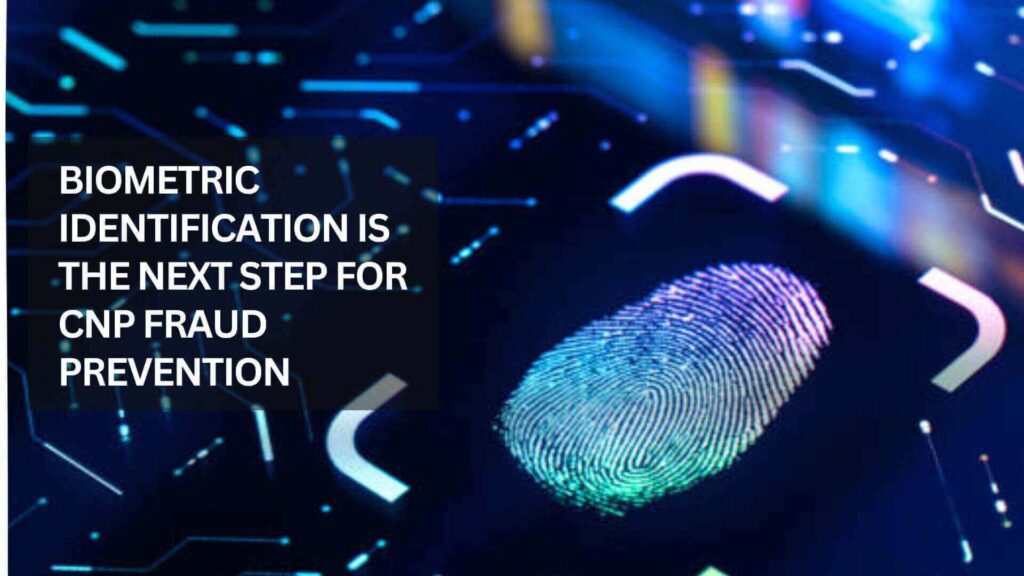Biometric identification is rapidly emerging as a powerful tool in the fight against card-not-present (CNP) fraud a type of fraud where criminals use stolen credit or debit card information to make unauthorized purchases online or over the phone, without needing the physical card.
This advanced security method verifies a customer’s identity using distinct physical or behavioral traits, such as fingerprints, facial recognition, or voice patterns. Because these traits are unique to each individual and difficult to replicate, biometric authentication offers a much higher level of protection than traditional passwords or PINs.
By integrating biometric technology into the payment process, merchants and financial institutions can significantly reduce the risk of fraudulent transactions, while also enhancing the overall customer experience. The result is a safer, more seamless way to shop and pay one that protects both businesses and consumers in an increasingly digital world.



